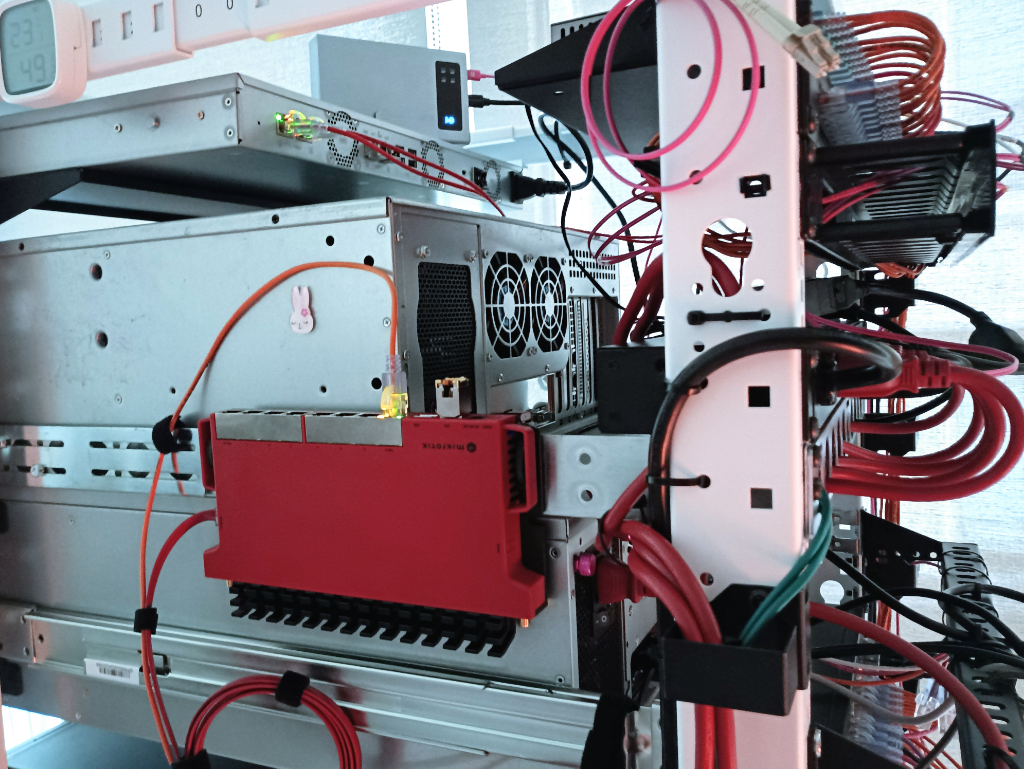The vast and varied subject of Women’s Safety Online is a topic which impacts many facets of daily life, including emotional and physical well-being. This post is not a primer on the concepts, rather it offers a short timeline to explain why I am no longer on LinkedIn or Twitter social networks for reasons of personal safety and privacy.
A Tenuous Timeline
1) Some years prior to a decade ago, I joined LinkedIn, and a small handful of years ago I joined Twitter.
2) Along the way a serious incident occurred, resulting in PTSD from a bodily assault; the details of which require privacy. During associated therapy a HIPAA violation occured, eroding my trust in the medical establishment.
3) Periodically I would receive messages on LinkedIn from recruiters at the company where that man worked. I did not want to be reminded of the events, and would never work at the same company. These external intrusions into trauma memories were not healthy and they needed to stop.
4) Concerns evolved which necessitated telling that company to remove me from their recruiting database and never message me ever again.
5) The company removed my profile, and they asked if I wanted to be involved with an investigation, which I refused for the unfortunately common reasons:
- I did not want to relive events, especially after the HIPAA issue
- I did not want to discuss those memories with yet another stranger
- I did not want to become more of a target for speaking up
It’s a terrible catch-22, and yet it’s nothing new. This person needed to be prevented from ever contacting me or knowing anything about my life, requirements which the company could not ensure.
6) For safety reasons, I changed my legal name, then I moved, and started a new job. Then I enabled a service which monitors for identity theft issues and personal-info data leaks. Other precautions were made. The whole process is time consuming, emotionally disruptive, and fiscally burdensome.
7) Years pass. In the interim, LinkedIn’s “people you might know!" feature will routinely recommend that I connect with people who reminded me of that trauma.
- The feature cannot be disabled and profile settings do not help. Blocking people and profiles does not sufficiently help. Their algorithm always does this.
8) Years pass. Identity theft issues become a greater risk. Someone on Twitter steals my profile, impersonating me to sell web3 tokens or whatever. I report it, and Twitter demands my government ID - which I refuse to upload.
- Preferring a human interaction, I offer to bring my ID to the Twitter office and show it to someone in person, but no - they want the digital copy to keep on file, which will totally never be leaked in a data breach.
- I refuse to upload the document. They lock my account. I have not bothered since.
9) Years pass. A few weeks ago, I’m running a social media account audit and notice that LinkedIn has two unknown logins from another country - and I’ve never been there, nor connected to an ISP or VPN or service related to that location.
- I revoke the logins, yet they reappear a week later.
- My account has 2FA enabled, yet the auth logs do not show it being used.
- Who is behind these logins? What amount of personal info and connections and messages do they have access to?
10) After seeking help from LinkedIn’s support system, they now want my government ID, just like Twitter.
- They want a third party service (Persona) to scan it, and surely this will never be leaked (sure sure).
- They assure that this third party is very safe, that they only give LinkedIn redacted info (yet Persona keeps the full info?)
- Surely I should trust their entire system. I do not trust their system, and I will not upload my ID for it to be stolen or have any of the data used in some way to harm me.
- The result is similar to Twitter, my account is restricted with no access.
End Results and Oh Well…
So, goodbye LinkedIn, goodbye Twitter.
I cannot place my trust in these faceless social media corporations, the ones which never assume responsibility for data leaks, data theft, or the sale of demographics and usage meta-data. The common refrain of, “we’re telling you that we redacted your personal information”, means nothing substantial from these organizations.
These sites profit extensively from user data - we are their product for sale, and when that happens it can lead to extremely unsafe conditions, particularly if that data can be used for location tracking, enabling access which leads to physical violence, stalking, harassment, or other detriments by which women too-often experience the online world.
Sure, I could upload my ID and “just trust them”, but that would not make me safer; it would invalidate the entire purpose of protecting my body, my mind, my future. Handing them my trust, when they have routinely proven that they are not trustworthy, would render-pointless every hardship and effort towards safety and security which I’ve been required to endure since those events so many years ago.
By prioritizing my personal safety in both of these cases, the end result is that I am no longer able to engage and connect with people from my work life via the two most common business-centric social networks. The alternative is no alternative at all; choosing not to be safe is not a choice.
I know what it’s like to have my choice taken from me, and I never want that to happen again.

